How we’re contributing to a greener planet with Treevive
By Photobox on 14 October 2024
As part of our commitment to reducing our carbon impact, we’re investing in a reforestation project in Nicaragua.
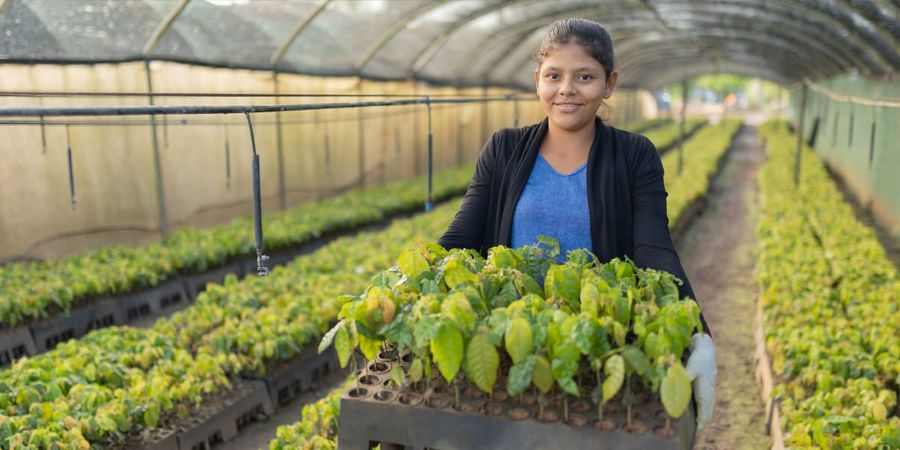
Photobox, part of Storio group, puts sustainability at the heart of our business. Our high-quality photo products allow us to make joy unforgettable for our customers, as well as have a minimal impact on the environment.
As part of our ongoing sustainability programme the bigger picture, we’re committed to reducing our carbon footprint, and we’ve recently taken a significant step forward by investing in a reforestation project in Nicaragua with the help of Treevive. This project helps to restore breathtaking landscapes, safeguard precious wildlife habits, and foster social equality within the local community. We’ve so far offset a whopping 3,004,000 kilograms of carbon emissions.
Our sustainability manager Jeffrey Storm sat down with Treevive’s Michael Schuurman to discuss the project.
Jeffrey: Hello Michael. Can you introduce yourself and the role at Treevive?
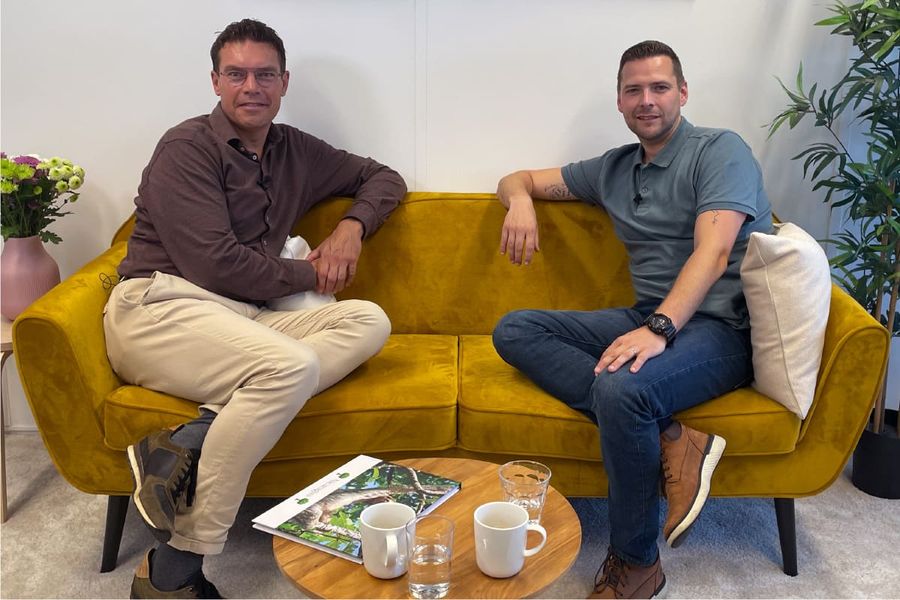
Michael: Treevive is a forest carbon accelerator that bridges the gap between forest and finance. This means we support tropical forest owners in the global South – local communities, businesses, NGOs, etc – to develop the carbon element of their forest project to enhance the financial viability of the overall project.
Our support consists of two core components: the technical assistance to get the project certified and the financial assistance connecting the project to the needed capital. This can help investors and/or companies that buy carbon credits. We now have a dozen projects under development, of which MLR is one.
My role is mostly on the commercial side, connecting the projects to corporations who want to contribute to the restoration and protection of tropical forest landscapes by means of buying carbon credits.
Jeffrey: What is the Nicaragua project?
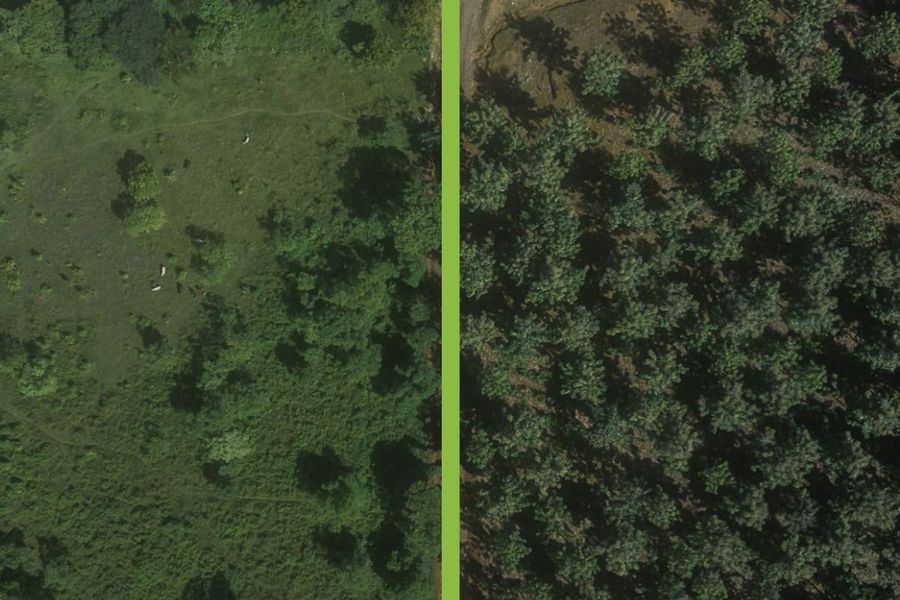
Michael: This project has been created by the company MLR Forestal and focuses on reforestation and agroforestry on degraded lands in Nicaragua. Currently the project is over 3,000 hectares and consists of three core components: a teak plantation; a cacao plantation with teak in between to provide shade cover, and the restoration and protection of nature conservation areas.
Like many tropical countries, Nicaragua has large areas of land that were once covered in tropical forests, but have been cleared for cattle grazing many years ago. After a while, these lands become overgrazed and degraded. The overall aim of this project is to restore and sustainably manage 4,200 hectares of lands on northeast Nicaragua. To give you a sense of size: that’s 8,400 soccer fields, or the size of the Dutch city Almere.
MLR applies a holistic landscape approach, combining conservation and commercial activities that strengthen biodiversity and create jobs and local economic development.
Jeffrey: What inspired the creation of the project, and how did it initially get started?
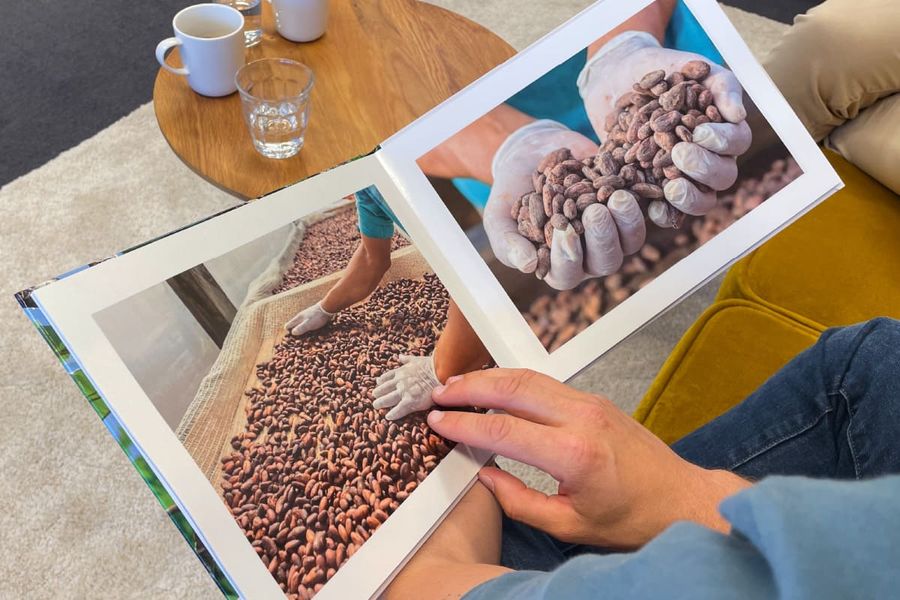
Michael: Doing well by doing good, that’s a phrase that you start hearing more often nowadays, and that the owners of MLR Forestal already understood ten years ago. Restoring degraded lands takes a lot of energy, time and money. One of the ways to do this successfully, is develop a business model that relies on multiple income streams.
It is about sustainable entrepreneurship whereby the short term income of cacao and carbon credits, and the long term income of timber create a holistic business case that can secure income for the decades needed to restore the landscape and whereby local communities can develop.
Michael: Now let me ask you a question, why have you decided to get involved and invest into this reforestation project?
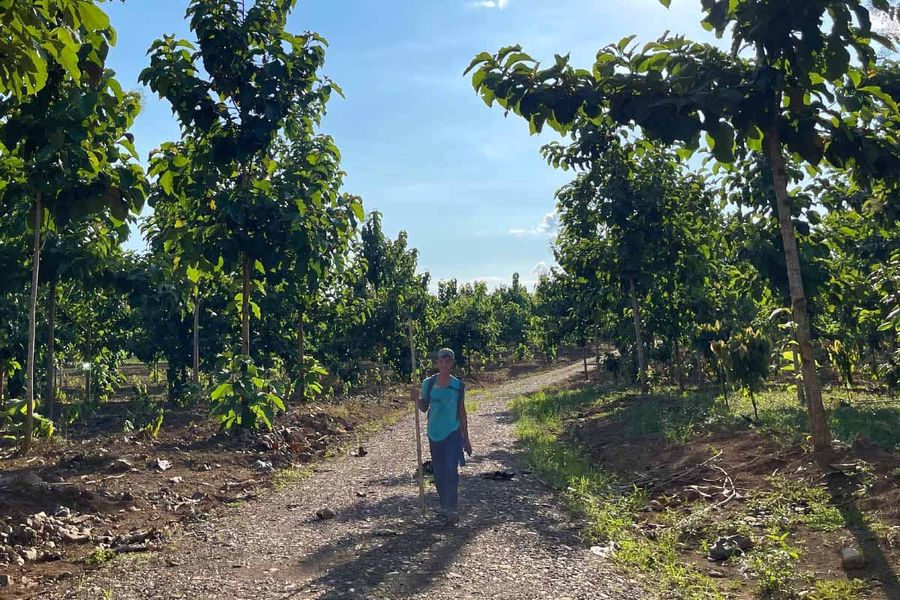
Jeffrey: This project aligns incredibly well with our sustainability program. Not only are we compensating a huge amount of our carbon emissions (3.000 t/CO2e), but equally important – we’re taking concrete action to make a positive difference by voluntarily investing in a program that is restoring forests, safeguarding precious wildlife habitats, and fostering social equality within the local community.
To find out more about the Nicaragua project, including the impact on biodiversity and how the project involves local communities, you can watch the full interview with Michael from Treevive here.